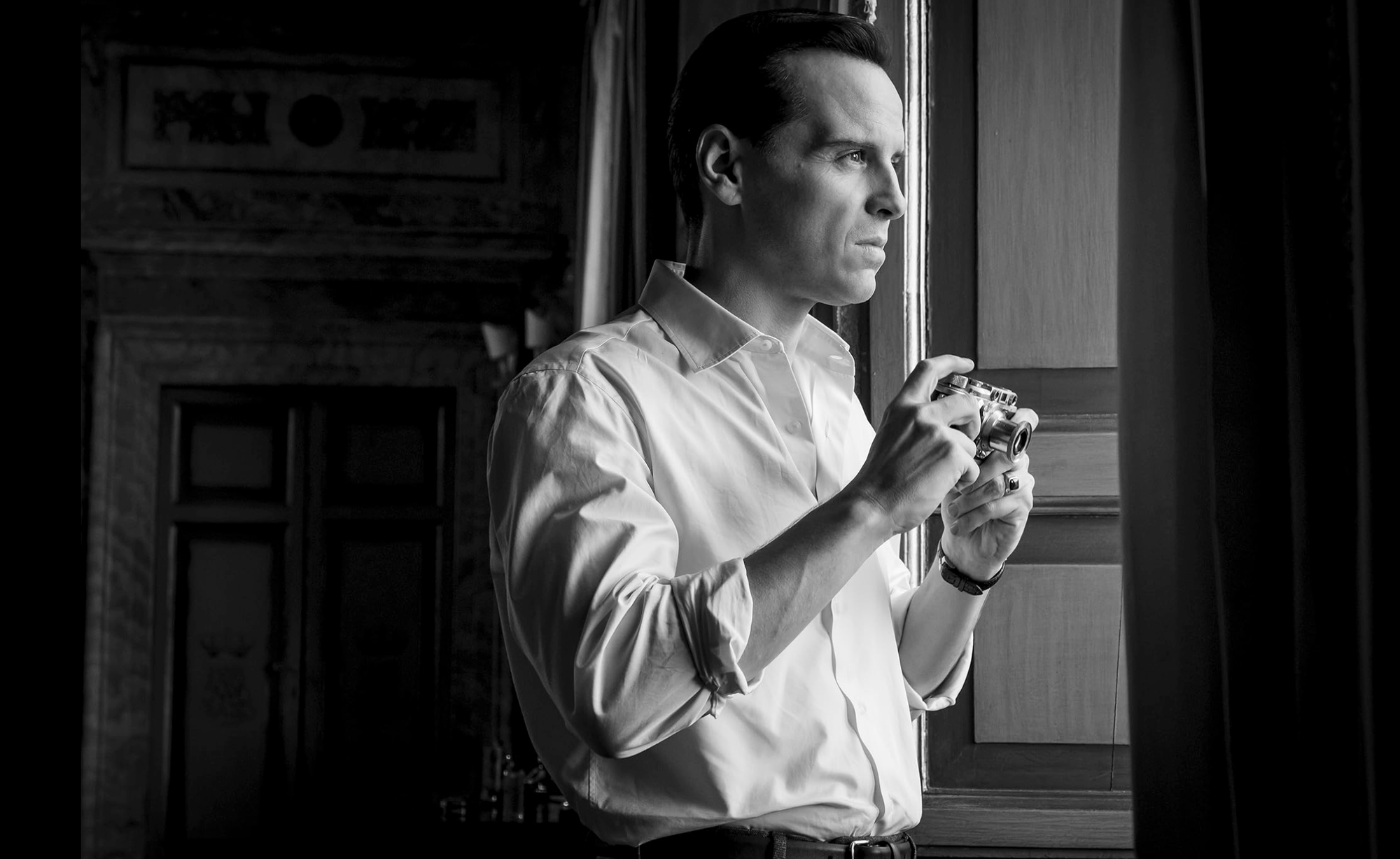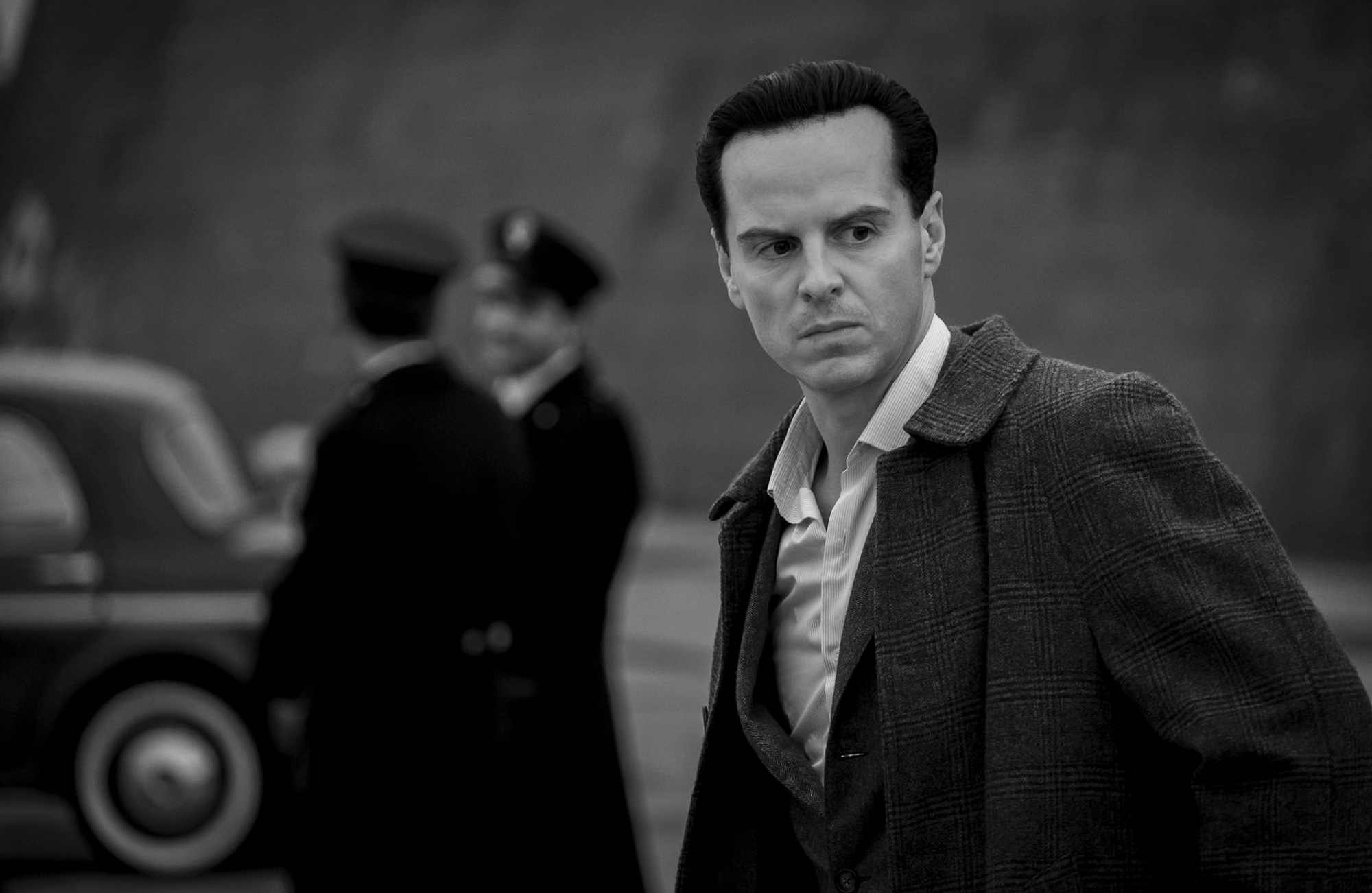Ripley: a stylish dive into 1950s New York

By James Lewis, First Year, English.
New York City in the 1950s, seedy, dirty and dark. Ripley capitalises on this aesthetic and takes it on as its own. A sharp departure from the 90s adaptation as Zaillian brings back the true essence of Highsmith’s twisting crime novel by centring the darkness over the shape-shifting titular character.
Thomas Ripley is a low-life petty criminal who makes his living by diverting cheques and exploiting the helpless. Tom is approached by a private detective and asked to go on an all expenses paid trip to convince Mr Greenleaf’s son, Dickie, to come back to New York. Naturally, the calculated criminal spies an opportunity to profit and grabs the opportunity at full throttle, stopping at nothing to see his passions fulfilled. Over eight episodes, the audience are treated to a scintillating spectacle of greed, deception and excess, employing a stark black and white that grounds it in a seedy neo-noir world of crime.
Andrew Scott, who plays Tom Ripley, is a slippery chameleon in this performance. His performance leaves the audience with far more questions than answers. Scott is mesmerising in his performance, with the parts where he is not speaking being the most tense of the whole series. The audience watches on as a silent Ripley contorts his face hearing something he does not want to, seemingly capable of anything at a drop of the hat. His incisive, brutal and calculated approach to his business is at the same time repulsive and captivating, bringing the very best out of crime television in its sinister and suspenseful aura.

What truly cuts Ripley above and beyond most of the other crime TV offerings is how its director, Steven Zaillian, paces it to near perfection. While slightly slow at the beginning and just beyond the halfway point of the series, Zaillian’s careful and methodical approach to storytelling speaks volumes through the screen. There feels to be a building of pressure that is almost interrogating the viewer to question their assumptions of the characters. There is a number of moments where the tension is seemingly destined to break in dramatic fashion and yet Zaillian pushes the climax further away out of reach before pushing it back in to tease and cajole the audience.
While the performances, script, story and pacing are all masterful in this series, what makes Ripley so captivating is the cinematography that is unapologetically striking, beautiful and dramatic in every one of its scenes. The setting, whether it be the rugged Amalfi Coast, the winding alleys of Venice and Rome or the sumptuous hotels that Tom takes residence in are all shrouded in an elegant black and white that makes each and every still a piece of art in its own right. This blurring of lines between imitation and reality in the visuals provide a fearful backdrop to the burgeoning fervour in Tom Ripley as he finds himself erasing and editing reality to suit his objectives; his greed is insatiable and his ability to disregard anyone but himself to succeed is strangely admirable and my discomfort grew as I found myself rooting for the villain.
This blurring of the lines between fact and fiction, deception and exaggeration leaves the viewer bewildered. Ripley asks the viewer to question what, why and how has exactly unfolded in front of them. This piece of true television art is a product of the new things made possible by longer form story telling developed over the last fifteen years, but is also pushing the space into the future with an experimental approach that translates wonderfully to the small screen.
Do you prefer the original or the remake?
